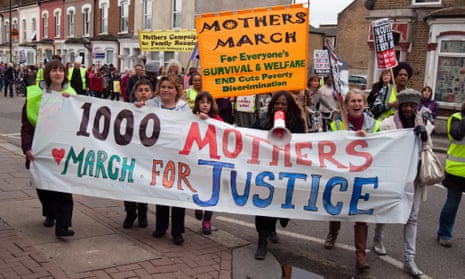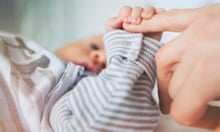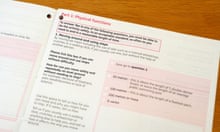The vast majority of people being penalised by the government’s benefit cap are single mothers, new analysis has found.
According to Department for Work and Pensions data examined by the Labour party, single females with at least one dependent child make up over 85% of all householders who have had their benefits capped.
Records show that 134,044 households have had support capped by the government, with single mothers accounting for 114,337 of those. They appear to show a significant jump from August last year, when nearly 50,000 single parents were reportedly facing a drop in benefits due to the cap.
The benefit cap, which limits the total amount households can receive in benefits to £20,000 a year, or £23,000 in Greater London, was envisaged as an “incentive” to persuade unemployed people to move into work.
Critics claim it is forcing many people into poverty and resulted in social cleansing because rents in inner-city areas are so high.
Labour claims the statistics show ministers are failing to assess the impact of their policies upon vulnerable children.
The shadow work and pensions secretary, Margaret Greenwood, said single mothers were being pushed into poverty by the cap.
“The Conservatives have pushed ahead with their austerity agenda with scant regard for the impact on low-income families,” she said. “Labour will build a social security system that is there for any of us in our time of need.”
The latest figures were released on the DWP’s Stat-Xplore site in November and include statistics showing the number of men and women whose benefits were capped up to August of last year.
The latest figures also show that 120,297 single claimant women had their benefits capped, compared with just 13,743 single claimant men over the same period. The vast majority of those women had dependent children.
The latest disclosure follows other recent studies which found that the cap was leaving more people in debt and pushing poor children further into poverty.
A study of more than 10,000 benefit-capped households by the Policy in Practice consultancy found that for every child whose parents moved back into work as a result of the cap, eight more would grow up in families whose financial circumstances worsened following the introduction of the policy.
More than half of the households affected by the benefit cap were left stuck on it for six months or more. The average gap between rent and housing benefit for families stuck on the cap was £3,750 a year.
Pioneered by the former chancellor George Osborne, the cap limited total benefits to £26,000 per year at its introduction in 2013. It was then cut in November 2016 to the present levels, quadrupling the number of families affected.
The DWP did not respond to a request for comment.








